What is the tolerance range of precision screws?
What is the tolerance range of precision screws?
Service Hotline
+86760-8787 8587We have more than ten years of production experience in the screw industry, the main products are: short head socket head cap screws, round double inner teeth, IFI145, JISB1181 hex nuts, copper knurled nuts, swing ring screws, step rivets, set cross flat head screws , black cap nuts, connecting screws, grade 10 fine thread nylon lock nuts, pre-embedded building bolts, GB221976 screws, flat head chamfered socket head cap screws, metric heavy-duty screws and other fasteners, due to different product materials and specifications , the price is also different, please contact us if necessary.


The difference between high-strength bolt friction type and pressure-bearing type connection: High-strength bolt high-strength bolt connection is to clamp the plate of the connecting plate through a large tightening pre-pressure in the bolt rod, which is enough to generate a large friction force, thereby improving the connection. The integrity and stiffness of the bolt can be divided into two types: high-strength bolt friction type connection and high-strength bolt pressure type connection according to different design and force requirements when subjected to shear force. The essential difference between the two is that the limit state is different, although It is the same kind of bolt, but it is very different in terms of calculation method, requirements, and scope of application. In the shear design, the friction type connection of high-strength bolts is the limit state when the external shear force reaches the possible maximum friction force provided by the bolt tightening force between the contact surfaces of the plates, that is, the internal and external shear force of the connection is guaranteed not to exceed maximum friction. The plate will not undergo relative slip deformation (the original gap between the screw and the hole wall is always maintained), and the connected plate will be elastically stressed as a whole. In the design of shear resistance, the external shear force is allowed to exceed the maximum friction force in the high-strength bolt-bearing connection. At this time, relative slip deformation occurs between the connected plates until the bolt rod contacts the hole wall, and then the connection depends on the bolt rod. The shearing of the body and the bearing of the hole wall and the friction between the contact surfaces of the plates jointly transmit the force, and finally the shearing of the shaft or the bearing of the hole wall is regarded as the limit state of the connection shearing. In a word, friction type high-strength bolts and pressure-bearing high-strength bolts are actually the same type of bolts, but whether the design considers slippage. Friction type high-strength bolts can never slide, and the bolts do not bear shear force. Once slipped, the design is considered to reach a state of failure, which is technically mature; pressure-bearing high-strength bolts can slide, and the bolts also bear shear force, and the final damage is equivalent to ordinary Bolt failure (bolt shearing or steel plate crushing).
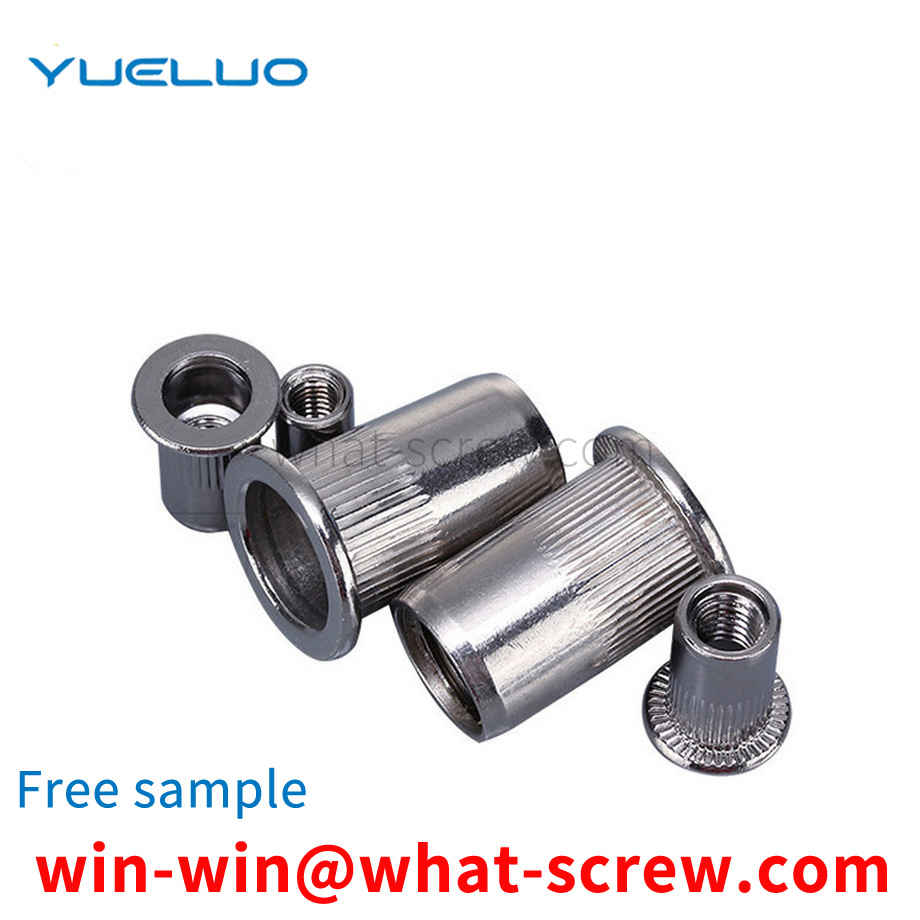
Existing wood screws are composed of a threaded portion with a tapered angle and arranged along a tapered stem and a screw head. The head of the screw can be a countersunk head, hemispherical, or other shapes, and the head of the screw has a groove that fits with the tool, a word groove, and a concave cross groove. The taper angle of existing wood screws is either 45 degrees or 60 degrees, and the front end of the taper angle is a pointed point formed by a rotating thread. The existing wood screws have the following three deficiencies in use. Because the taper angle is 45 degrees or 60 degrees, and the thread angle is 71 degrees, the resistance when entering the material is relatively large, so the existing wood screws are manually screwed. It is difficult to screw in, especially when it is used for hardwood materials, and it often happens that the groove of the screw head is screwed out; A large lateral moment will be formed when the screw is screwed, which is prone to the problem of deviation from the position; in addition, because the existing screw is tapered, it will be subjected to both radial force and axial force when entering the material, and its stress state It is more complicated, so it is easy to cause the cracked wood material to burst, and even cause the material to have longitudinal cracks and be unusable.
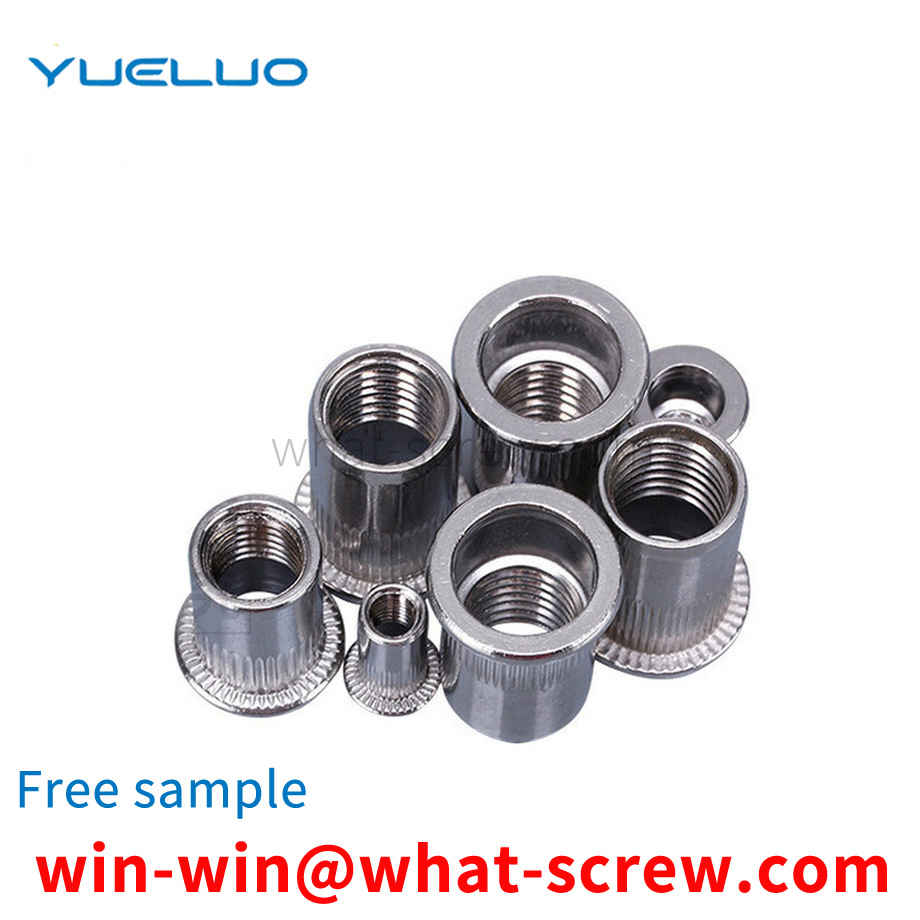
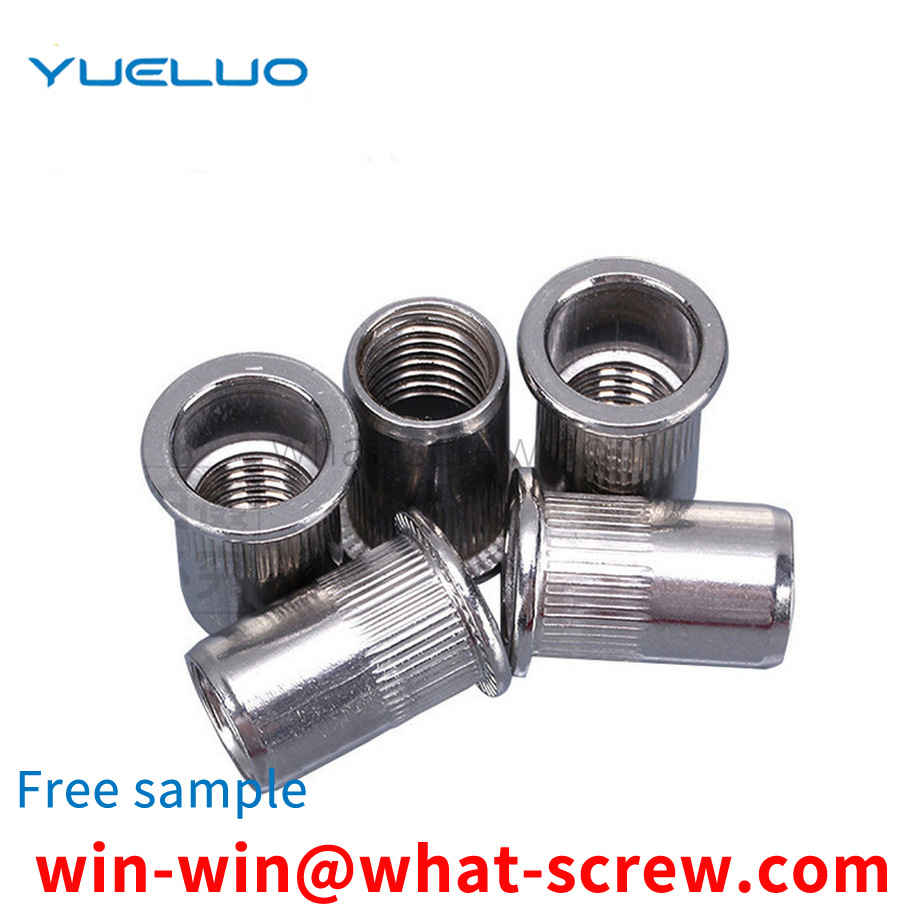
In the process of electronic accessories such as mobile phones and computers, especially multi-layer circuit boards, there are generally fixed connections between multi-layer circuit boards or other components. At present, there are two main connection methods. One is to use laser welding. However, the laser welding equipment is expensive and has very high requirements on the position of the weldment. Therefore, during welding, it must be ensured that the final position of the weldment needs to be the same as the laser beam will impact. Solder joint alignment. The other is to use a metal rivet to pass through the positioning hole, and then impact the rivet with a punching needle, so that the open end of the rivet is deformed and opened and pressed on the fixed piece to form a rivet fixed state. However, in actual operation, when the open end of the rivet tube is opened and deformed by the impact, strong cracking often occurs, resulting in a small amount of conductive fracture debris, which falls on the circuit board or other devices to be connected, causing Short circuit, in view of this shortcoming, some manufacturers have changed the metal rivets to plastic materials, but the plastic rivets have poor ductility and often break when impacted with a punching needle, resulting in the failure to achieve the riveting fixing force of the original metal rivets. In addition, the above two fixing methods are complicated in operation and low in installation efficiency.
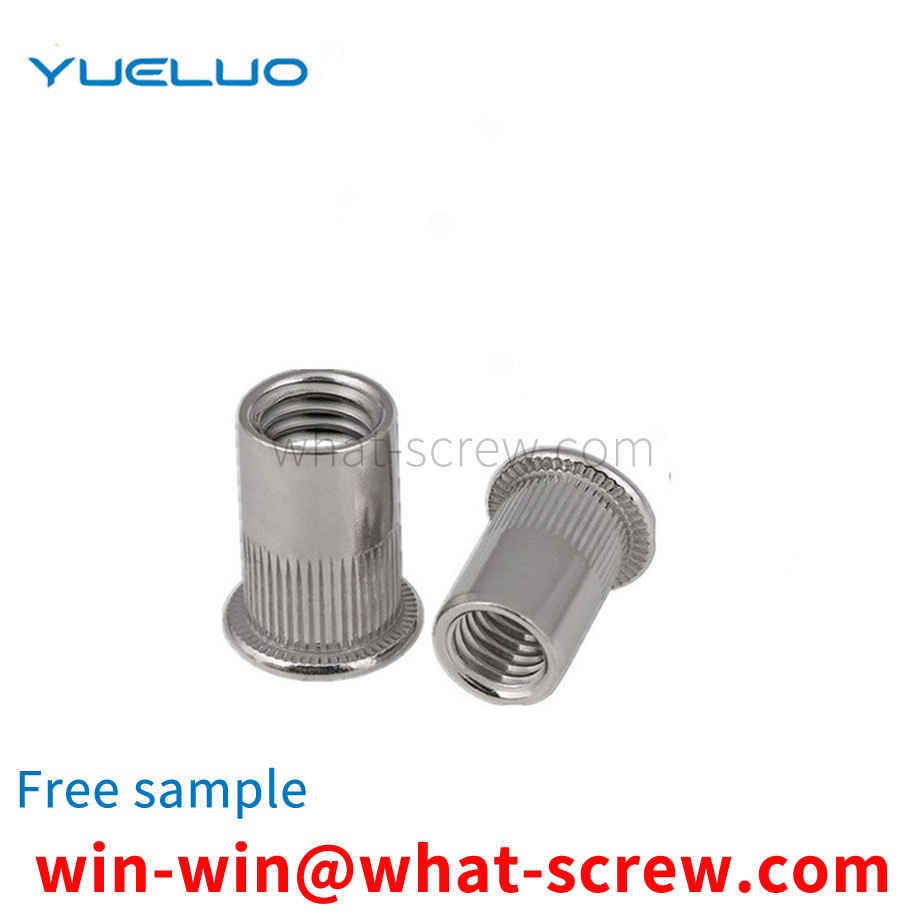
Each self-tapping screw is composed of three parts: the head, the shank and the end of the shank. The composition of each self-tapping screw has four major elements: head shape, wrenching method, thread type, and end form. 1. Head Shapes There are various head shapes. There are round head (semi-round head), flat round head, round head flange (with pad), flat round head flange (with pad), pan head, pan head flange (with pad), countersunk head, semi-countersunk head, Cylinder head, spherical cylinder head, horn head, hexagonal head, hexagonal flange head, hexagonal flange (with pad) head, etc. 2. Wrenching method The wrenching method refers to the way of twisting the head of the screw when installing and tightening the screw. There are two basic methods: external wrench and internal wrench. Generally speaking, external wrenching will allow more torque than any form of internal wrench (internal groove). External wrench: hexagon, hexagonal flange surface, hexagonal flange, hexagonal flower shape, etc.; internal wrench: flat groove, cross groove H type, cross groove Z type, cross groove F type, square groove, compound groove, inner flower Key, inner hexagon flower, inner triangle, inner hexagon, inner 12 corner, clutch slot, six-blade slot, high torque cross slot, etc. 3. There are many types of threads, including self-tapping threads (wide thread), machine threads (ordinary threads), drywall screw threads, fiberboard screw threads, and some other special threads. In addition, threads can be divided into single-lead (single-end), double-lead (double-end), multi-lead (multiple-end) and high-low thread double-end threads. 4. Terminal form There are two main types of terminal form: tapered end and flat end. However, according to the needs of use, at the screw-in part of the end, grooves, grooves, incisions or parts with a similar drill shape can be processed with cutting function. In some standards, it is also a tapered end or a flat end, and there are different forms such as a rounded end.
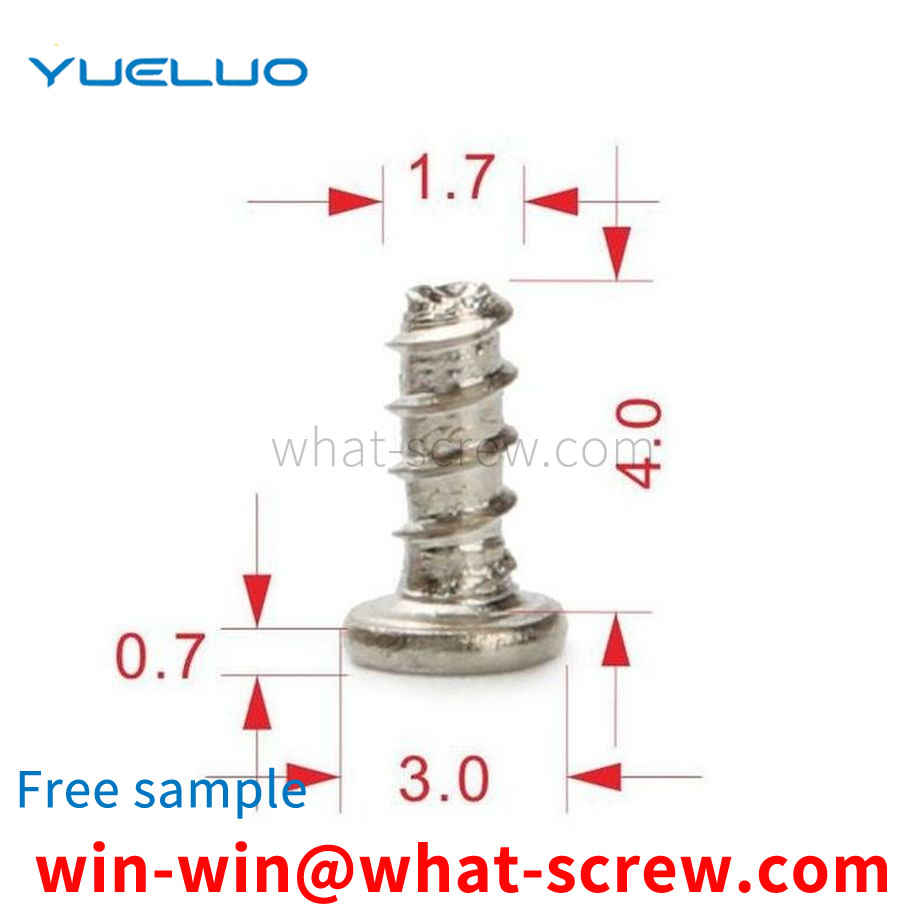
The above content is uploaded by Yueluo or the Internet. If there is any copyright issue, please contact [email protected].

What is the tolerance range of precision screws?

How to choose the right stainless steel screw manufacturer?

Why is there an R angle under the head of the hexagon head s...

We have more than ten years of experience in screw industry ...

We have more than ten years of experience in screw industry ...

We have more than ten years of experience in screw industry ...

We have more than ten years of production experience in the ...